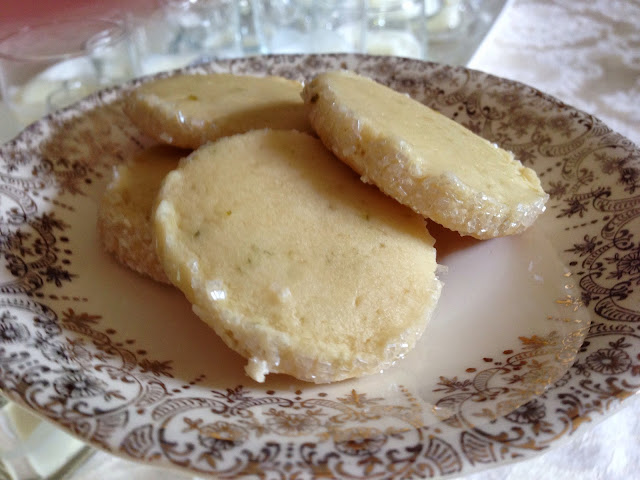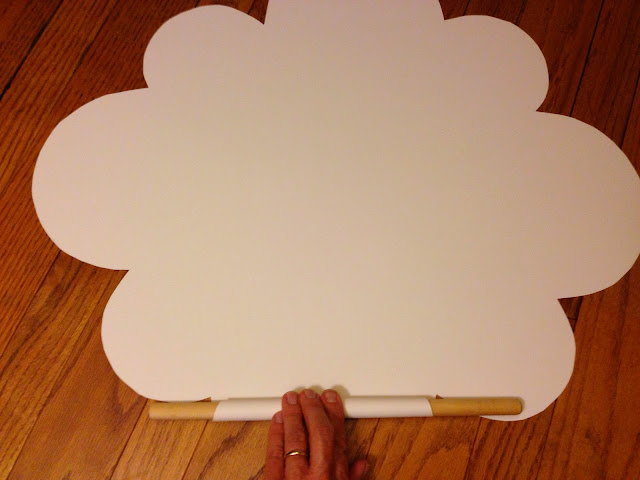I recently swooped up a sweet little UWI cabinet in fair condition that begged me for a fresh coat of chalk paint.
If its veneer had been in better shape, I could have gotten away with a deep clean and polish. But with chipped corners and a complete peel-off on most of the bottom shelf, the veneer was beyond my repair ability.
The appeal of chalk paint is not only the matte, shabby chic finish but the fact that the furniture surface needs just a good degreasing before applying the paint. Since a quart of chalk paint runs around $40-$60, I researched DIY recipes and got some advice from the shop owner where I purchased the cabinet.
She advised calcium carbonate as the best chalk paint thickener, with Plaster of Paris as a close second. Calcium carbonate is pretty difficult to find locally. But I already had P of P in my craft supplies.
She also recommended using the sample size containers of flat paint (available at many of the major home improvement stores) because it's just enough for a small project. I used the recipe found here http://howtodistressfurniture.net/how-to-make-chalk-paint-2
and mixed up a lovely shade of green.
I used 1-and-a-half sample sized containers of paint for this cabinet.
Two coats of paint and 24 hours of dry time later it was ready for a clear wax buffing.
My sweet cabinet now happily lives in my craft room where it houses card-making supplies and exudes it's cheery attitude. And I love that history ties it to the wonderful Hoosier town of La Porte.






















































